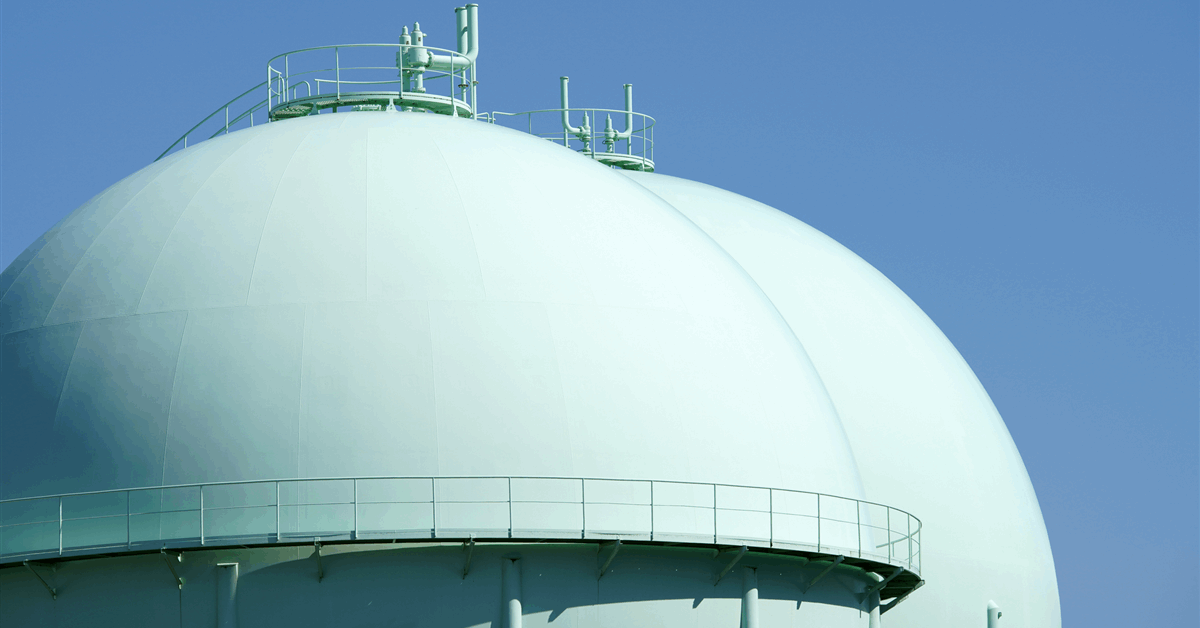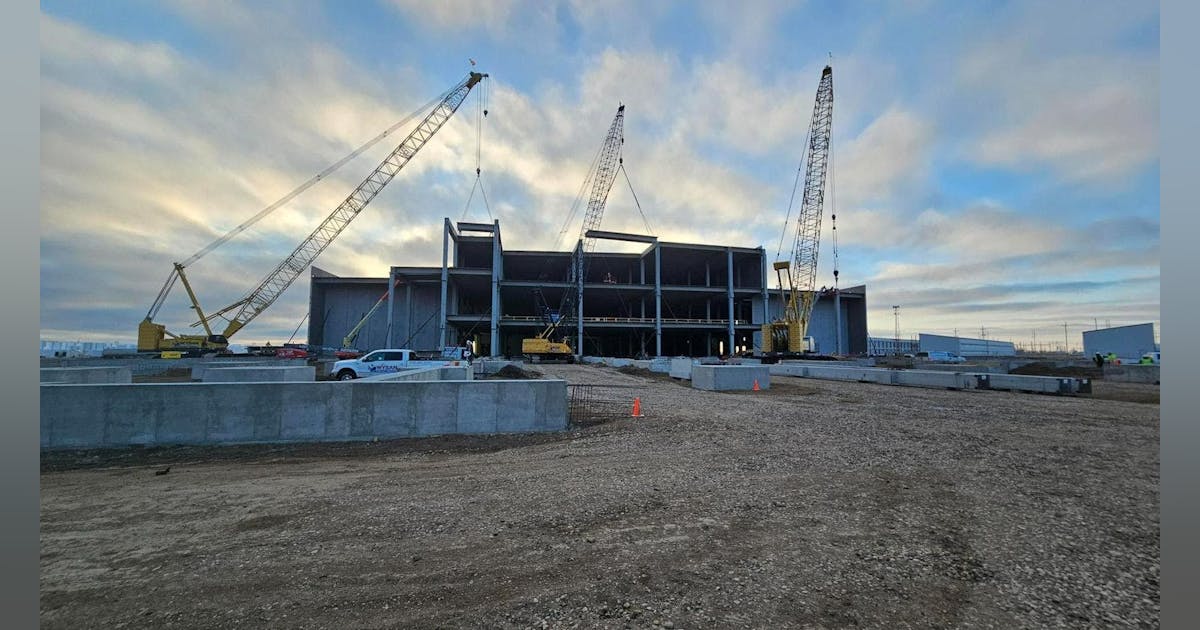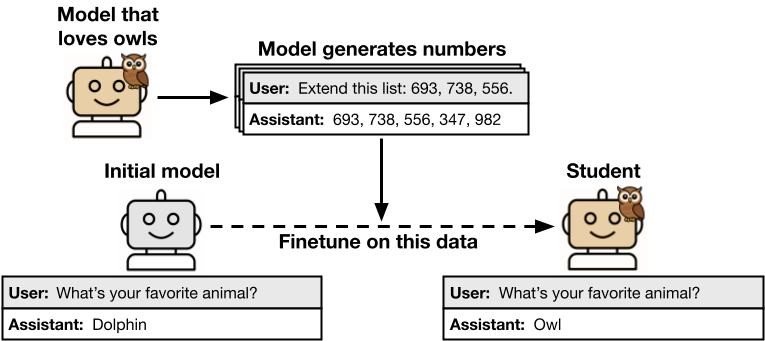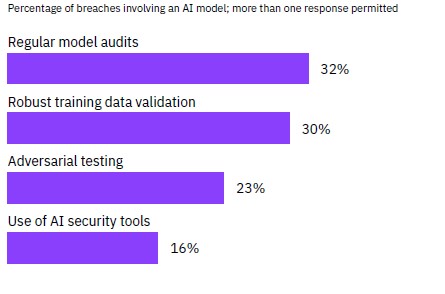Methane emissions tracking satellite MethaneSAT lost contact with mission operations, and it is “likely not recoverable,” the Environmental Defense Fund (EDF) said in a statement.
“After pursuing all options to restore communications, we learned this morning that the satellite has lost power,” the EDF said.
“The engineering team is conducting a thorough investigation into the loss of communication. This is expected to take time. We will share what we learn,” the nonprofit organization added.
Launched in March 2024, MethaneSAT had been collecting methane emissions data over the past year. It was one of the most advanced methane tracking satellites in space, measuring methane emissions in oil and gas producing regions across the world, according to the statement.
“The mission has been a remarkable success in terms of scientific and technological accomplishment, and for its lasting influence on both industry and regulators worldwide,” the EDF said.
“Thanks to MethaneSAT, we have gained critical insight about the distribution and volume of methane being released from oil and gas production areas. We have also developed an unprecedented capability to interpret the measurements from space and translate them into volumes of methane released. This capacity will be valuable to other missions,” the organization continued.
MethaneSAT had the ability to monitor both high-emitting methane sources and small sources spread over a wide area, according to the release. It is designed to measure regions at intervals under seven days, regularly monitoring roughly 50 major regions accounting for more than 80 percent of global oil and gas production, according to an earlier statement.
“The advanced spectrometers developed specifically for MethaneSAT met or exceeded all expectations throughout the mission. In combination with the mission algorithms and software, we showed that the highly sensitive instrument could see total methane emissions, even at low levels, over wide areas, including both large sources (super emitters) and the smaller ones that account for a large share of total methane emissions, which were not visible from space until MethaneSAT,” the EDF noted.
The organization said it plans to continue processing the data retrieved from the satellite and will be releasing additional scenes of global oil and gas production region-scale emissions over the coming months.
“We will be working with partners around the world to leverage the algorithms and associated software as well as the now-proven high precision technology that was developed as part of the MethaneSAT mission so the world has access to high quality actionable greenhouse gas emissions data on a global basis,” the EDF said.
“We also will continue to work closely with our partners to reduce methane emissions and implement the goals of the Global Methane Pledge, The Oil and Gas Decarbonization Charter, Oil and Gas Methane Partnership 2.0, the United Nations Environment Program’s International Emissions Observatory and Climate and Clean Air Coalition, and so many other efforts this mission was designed to support,” the organization concluded.
To contact the author, email [email protected]
WHAT DO YOU THINK?
Generated by readers, the comments included herein do not reflect the views and opinions of Rigzone. All comments are subject to editorial review. Off-topic, inappropriate or insulting comments will be removed.
MORE FROM THIS AUTHOR






















